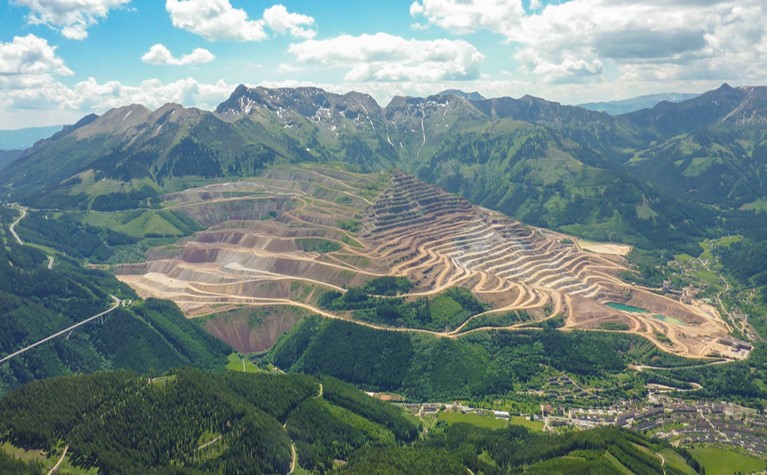
The environment, mining and SLO
- Thu, 10/01/2019
Background
The 2nd MIREU SLO Workshop with the theme ‘SLO and Regional Development Perspectives’ took place in Leoben, Austria on 24-25 October 2018. This workshop was the second in a series of stakeholder workshops organised in the MIREU project. The main objective of this workshop was to explore the linkages between social license to operate (SLO) and regional development.
The second day of the workshop was concluded with four parallel breakout sessions on topics related to specific regional questions. One of these topics was ‘Environment’, which focused on the most common environmental topics related to mining and their connection to SLO.
Breakout Discussion
This workshop session focused on what the key environmental topics related to mining are and what their connection to SLO is. The session built on the presentation given by Herwig Schuster/Greenpeace. The discussion in the session focused on barriers linked to the environment; enabling factors, that is how mining contributes to and improves environmental factors; how the environment is linked to SLO; and how the environmental factors of mining are linked to regional development.
The participants found that the mining industry contributes to sustainability and the circular economy through, e.g. re-mining of waste materials and urban mining. The mining industry also adapts different innovations to address environmental impacts, such as underground mining, more efficient processes, zero discharge operations, etc. Further, the energy transition and the move towards renewable energy is dependent on the mining sector, as many of these green technologies require access to a broad range of raw materials. According to the participants, the most significant barrier for the mining industry, which is related to the environment, is the competition for land use. Other barriers include environmental accidents and their legacies; the fact that the mining industry still have a large impact on many environmental factors, such as climate change, water quality and biodiversity; and finally, that there are some recognised ‘no-go areas’ such as the Arctic and Antarctica.
How are then these environmental aspects of mining linked to SLO? The participants considered the fact that the monitoring of environmental aspects is done by the community an important link, together with the fact that governments need to be trusted to control permit conditions. The mining sector can contribute to SLO by ensuring environmental leadership of the mines, e.g. by adapting net positive impact commitments, and by raising the public awareness of raw materials. The mining sector can contribute to regional development from an environmental perspective through building shared infrastructure, such as water treatment plants and energy plants. It can also create better links with the processing of secondary raw materials and the downstream opportunities, as well as with artisanal mining (mainly outside Europe) to improve conditions in that field.
Comments